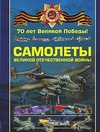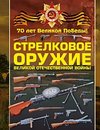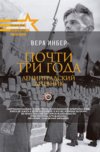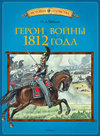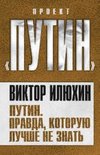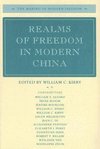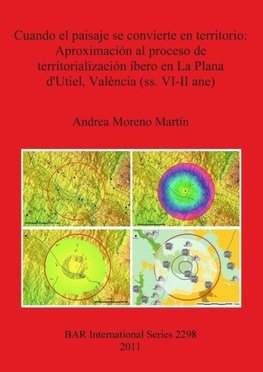
-
 Španielsky jazyk
Španielsky jazyk
Cuando el paisaje se convierte en territorio
Autor: Andrea Moreno Martín
Normally, in Archaeology, material culture tends to be the main object of study for past societies, especially those who have no written language. In this study the author also assumes that in addition to objects, landscape and spatial patterns are also... Viac o knihe
Na objednávku, dodanie 2-4 týždne
158.85 €
bežná cena: 176.50 €
O knihe
Normally, in Archaeology, material culture tends to be the main object of study for past societies, especially those who have no written language. In this study the author also assumes that in addition to objects, landscape and spatial patterns are also part of the archaeological record to be analyzed. Today we know that the Iron Age Iberian territories are regional political entities that are characterized by a conscious organization and that prioritize different types of settlements, with a degree of complexity and dynamism consistent with that of other contemporary Mediterranean civilizations. But how can we identify the emergence of complexity in the archaeological record? We must realize we can not excavate the social organization of a community and therefore we must implement other methods of analysis to address such complexity. So just as it is accepted that the identity of human groups is expressed through material culture, the author argues that we expression must accept that the archaeological landscape as socio-cultural construction of these modes of and representation and likewise admit the value of analyzing the associated spatial and geographical processes. In this work the author examines both habitat and landscape variables to address the emergence of sociopolitical complexity in the Western Mediterranean Iron Age.
- Vydavateľstvo: British Archaeological Reports Oxford Ltd
- Rok vydania: 2011
- Formát: Paperback
- Rozmer: 297 x 210 mm
- Jazyk: Španielsky jazyk
- ISBN: 9781407308753
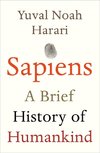
 Anglický jazyk
Anglický jazyk 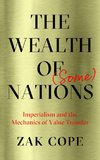
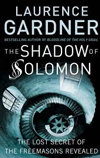


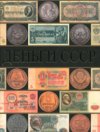
 Ruský jazyk
Ruský jazyk 